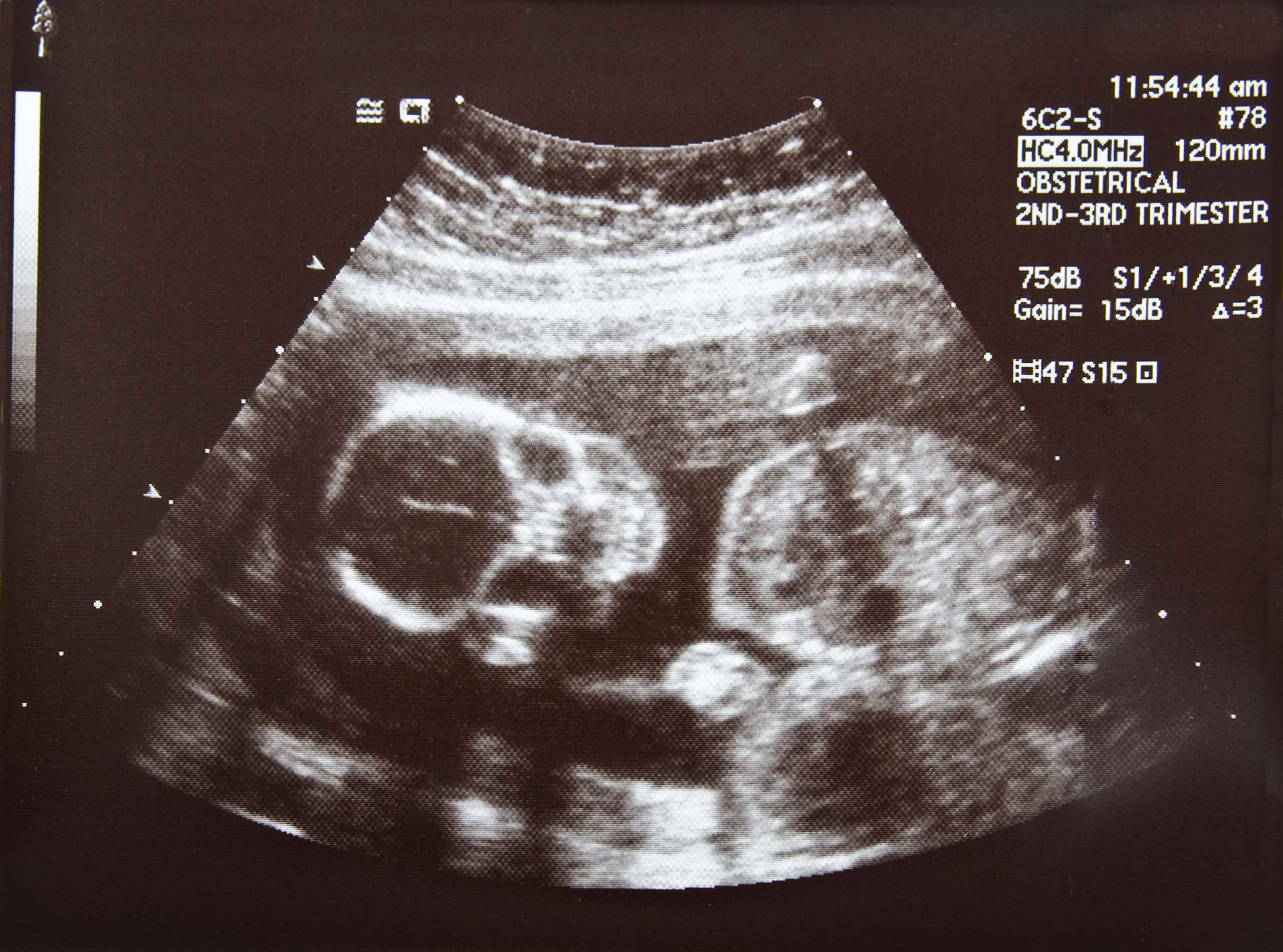Placental abruption is an obstetric severe emergency that requires quick intervention to safeguard both maternal and fetal well-being. It’s important for doctors and expectant mothers to know the immediate actions and medical interventions for management of placental abruption.
Placental abruption occurs when the placenta partially or completely separates from the uterine wall before delivery, leading to significant bleeding and potential fetal compromise. In this article, we will look into the immediate actions and medical interventions employed in the emergency management of placental abruption. We will also highlight their importance in reducing risks and optimizing outcomes for both mother and baby.
1. Recognizing the Signs and Symptoms
a. Clinical Presentation
Placental abruption often presents with sudden-onset abdominal pain, vaginal bleeding, and uterine tenderness. These symptoms may vary in severity but should quick immediate medical evaluation to assess the extent of placental separation and potential fetal distress.
b. Diagnostic Evaluation

Diagnostic tools such as ultrasound imaging, fetal monitoring, and laboratory tests are utilized to confirm the diagnosis of placental abruption. Quick and accurate diagnosis is crucial for initiating appropriate management and minimizing complications.
Also read: Unraveling The Mysteries Of Placental Abruption
2. Immediate Actions in Emergency Management
a. Activating Emergency Response
Upon suspicion or confirmation of placental abruption, doctors must activate the emergency response system. This ensures rapid access to specialized obstetric care and resources. Time is of the essence in managing this obstetric emergency to optimize maternal and fetal outcomes.
b. Stabilizing the Mother

Immediate actions focus on stabilizing the mother, including assessing vital signs, establishing intravenous access, and administering oxygen therapy to maintain adequate oxygenation. Close monitoring of maternal hemodynamic status is essential to detect signs of shock and initiate timely interventions.
Also read: Placental Microbiome: Implications For Pregnancy Health
3. Medical Interventions for Maternal Management
a. Fluid Resuscitation
In cases of significant bleeding, aggressive fluid resuscitation is necessary to maintain maternal perfusion and prevent hypovolemic shock. Crystalloid solutions such as lactated Ringer’s or normal saline are commonly used, with blood products reserved for severe cases requiring transfusion.
b. Pharmacological Management

Doctors may administer medications to control bleeding and uterine contractions and prevent further complications, depending on the severity of placental abruption and maternal stability. Options include uterotonic agents, such as oxytocin or prostaglandins, and medications to promote clot formation, such as tranexamic acid.
4. Fetal Assessment and Monitoring
a. Continuous Fetal Monitoring
Continuous fetal monitoring is essential to assess fetal well-being and detect signs of distress, such as fetal heart rate abnormalities or reduced variability. Electronic fetal monitoring allows doctors to make informed decisions regarding the timing and mode of delivery.
b. Fetal Surveillance Techniques

Additional fetal surveillance techniques, such as fetal ultrasound and scalp blood sampling, may be employed to evaluate fetal status and response to interventions. These assessments guide clinical management and help determine the optimal timing for delivery.
Also read: Understanding Placental Insufficiency: Causes And Management
5. Timing and Mode of Delivery
a. Gestational Age and Maternal Condition
The decision regarding timing and mode of delivery in placental abruption depends on various factors. This includes gestational age, maternal stability, fetal well-being, and the extent of placental separation. In some cases, immediate delivery via emergency cesarean section may be necessary to reduce risks to both mother and baby.
b. Multidisciplinary Approach

A multidisciplinary team comprising obstetricians, neonatologists, anesthesiologists, and nursing staff collaborates to make timely and informed decisions regarding delivery. Close communication and coordination among team members are essential. They optimize outcomes and ensure a comprehensive approach to care.
Emergency management of placental abruption requires a swift and coordinated response to minimize maternal and fetal morbidity and mortality. Immediate actions, including recognition of symptoms, activation of emergency response, and medical interventions, are significant in reducing risks and optimizing outcomes for both mother and baby. Doctors can effectively address this obstetric emergency and improve patient outcomes by understanding the importance of early intervention and employing evidence-based strategies.
